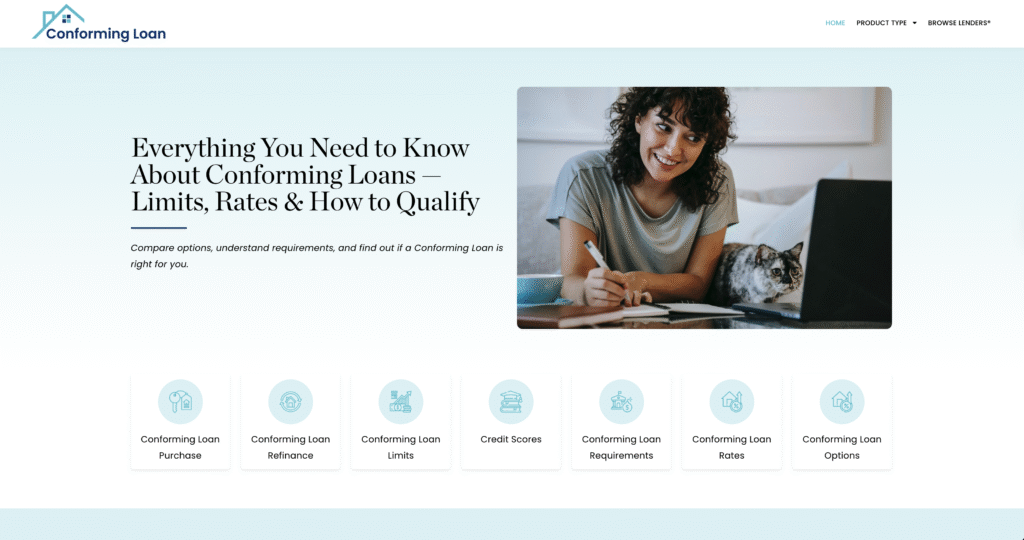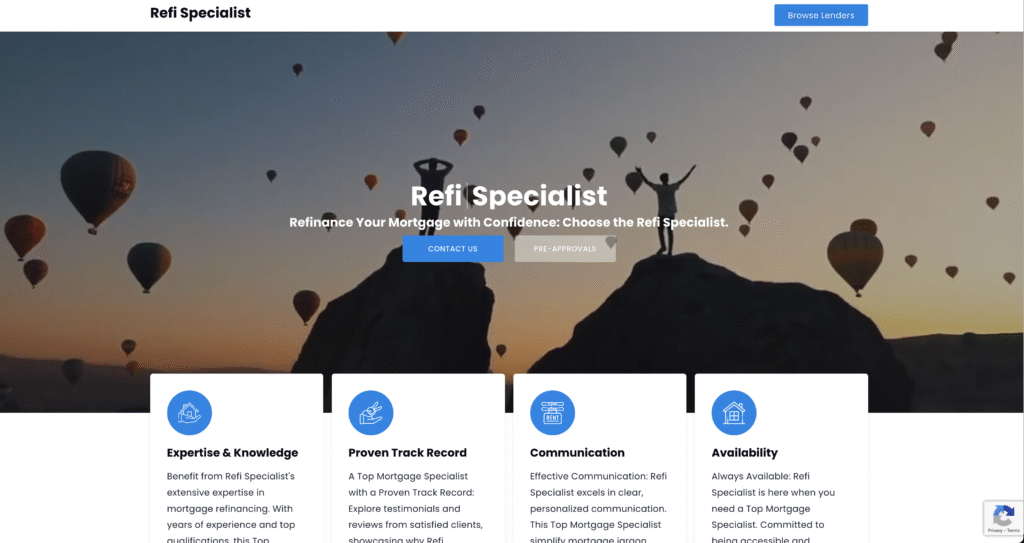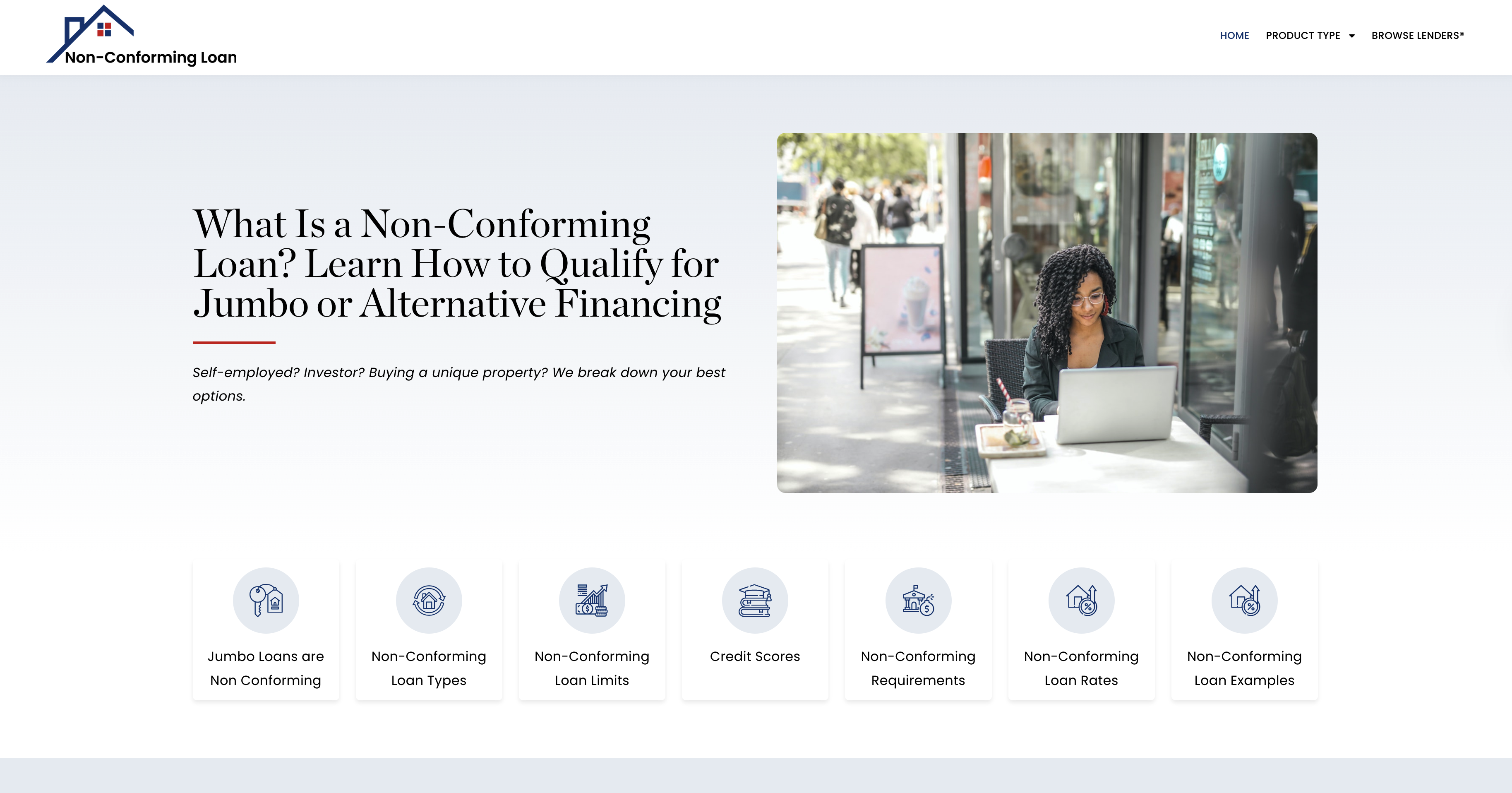Guide: Lowering Credit Utilization for Maximum Impact
One of the most effective strategies for boosting your Middle Credit Score® is lowering your credit utilization ratio. Credit utilization, which accounts for 30% of your credit score, measures the percentage of your available credit that you are currently using. Lenders see high utilization as a sign of risk, while lower utilization reflects responsible credit management.
For example, if you have a credit limit of $10,000 and your current balance is $3,000, your utilization is 30%. Reducing that balance to $1,000 drops your utilization to 10%, which can significantly boost your Middle Credit Score®. This guide will walk you through step-by-step strategies to lower your credit utilization for maximum credit score impact.
Step 1: Understanding Credit Utilization
Before diving into strategies, it’s important to understand how credit utilization is calculated:
- Credit Utilization Formula:
Credit Utilization = Total Credit Card Balances / Total Credit Limits x 100
- Example Calculation:
- Total Credit Card Balances: $5,000
- Total Credit Limits: $15,000
- Utilization Rate: $5,000 ÷ $15,000 = 33%
Lenders prefer to see a utilization rate of 30% or lower. The ideal target for maximum impact is 10% or less.
Step 2: Immediate Strategies to Lower Utilization
To quickly reduce your credit utilization ratio, consider these steps:
- Pay Down Existing Balances: Focus on high-interest credit cards first to save on interest while lowering your balance.
- Request a Credit Limit Increase: If you have a good payment history, call your card issuer to request a higher limit. This increases your available credit and reduces your utilization rate.
- Make Multiple Payments Each Month: Instead of waiting for the due date, make bi-weekly payments to keep your balance consistently low.
- Avoid New Purchases Until the Balance is Lowered: Limiting new charges while you pay down your balance accelerates your progress.
- Balance Transfers: Consider transferring high-interest balances to a card with a lower rate or a 0% introductory rate to focus more on principal repayment.
Additionally, you can:
- Use Windfalls Wisely: Tax returns, bonuses, or other unexpected income should be directed toward reducing credit card balances.
- Pay Off High-Interest Cards First: This not only lowers your utilization but saves money on interest.
- Monitor Your Credit Utilization Weekly: Staying on top of your balances helps prevent overspending.
Step 3: Strategic Long-Term Methods
For sustained improvements, apply these long-term strategies:
- Keep Old Accounts Open: Closing old credit cards reduces your available credit, increasing your utilization rate.
- Diversify Your Credit Mix: Adding installment loans like auto loans or mortgages can improve your credit mix while keeping utilization low.
- Use Less Than 10% of Your Limit: Aim for a utilization rate of 10% or less for the best impact.
- Monitor Credit Reports for Errors: Incorrect balances or inaccurate credit limits can falsely inflate your utilization rate.
- Leverage Experian Boost®: Report utility and telecom payments to the credit bureaus to strengthen your score.
For example, someone with a $20,000 credit limit and a $4,000 balance has a 20% utilization rate. By paying off $2,000, they drop to 10%, boosting their Middle Credit Score® substantially.
Step 4: Avoiding Common Pitfalls
When working to reduce your credit utilization, avoid these mistakes:
- Closing Credit Cards After Payoff: This reduces your available credit and raises your utilization.
- Applying for Too Much Credit at Once: Hard inquiries can temporarily lower your score.
- Maxing Out New Credit Lines: Keeping balances low is key to reflecting responsible credit usage.
- Ignoring Due Dates: Even if you pay in full, late payments damage your Middle Credit Score®.
Statistics & Real-World Impact
- 20–30 Point Boost in 60 Days: Lowering your utilization from 50% to 10% can increase your Middle Credit Score® rapidly.
- $200 Savings in Interest Annually: By paying down high-interest credit cards, you save money while boosting your score.
- Improved Mortgage Approval Odds: Lenders favor borrowers with low credit utilization, improving your chances for better terms.
- Access to Better Loan Programs: A lower utilization rate can help you qualify for conventional loans with lower interest rates.
Lowering your credit utilization is one of the fastest ways to improve your Middle Credit Score®. By understanding your utilization ratio, applying short-term and long-term strategies, and avoiding common pitfalls, you can achieve maximum impact on your credit score. A stronger Middle Credit Score® not only opens doors to better loan options but also saves you money through lower interest rates. Start today, and watch your credit health improve month by month. By staying proactive and strategic, your path to financial security becomes much clearer.
Middle Credit Score® Support Center
Browse Lenders® – Speak with a Lending Expert






